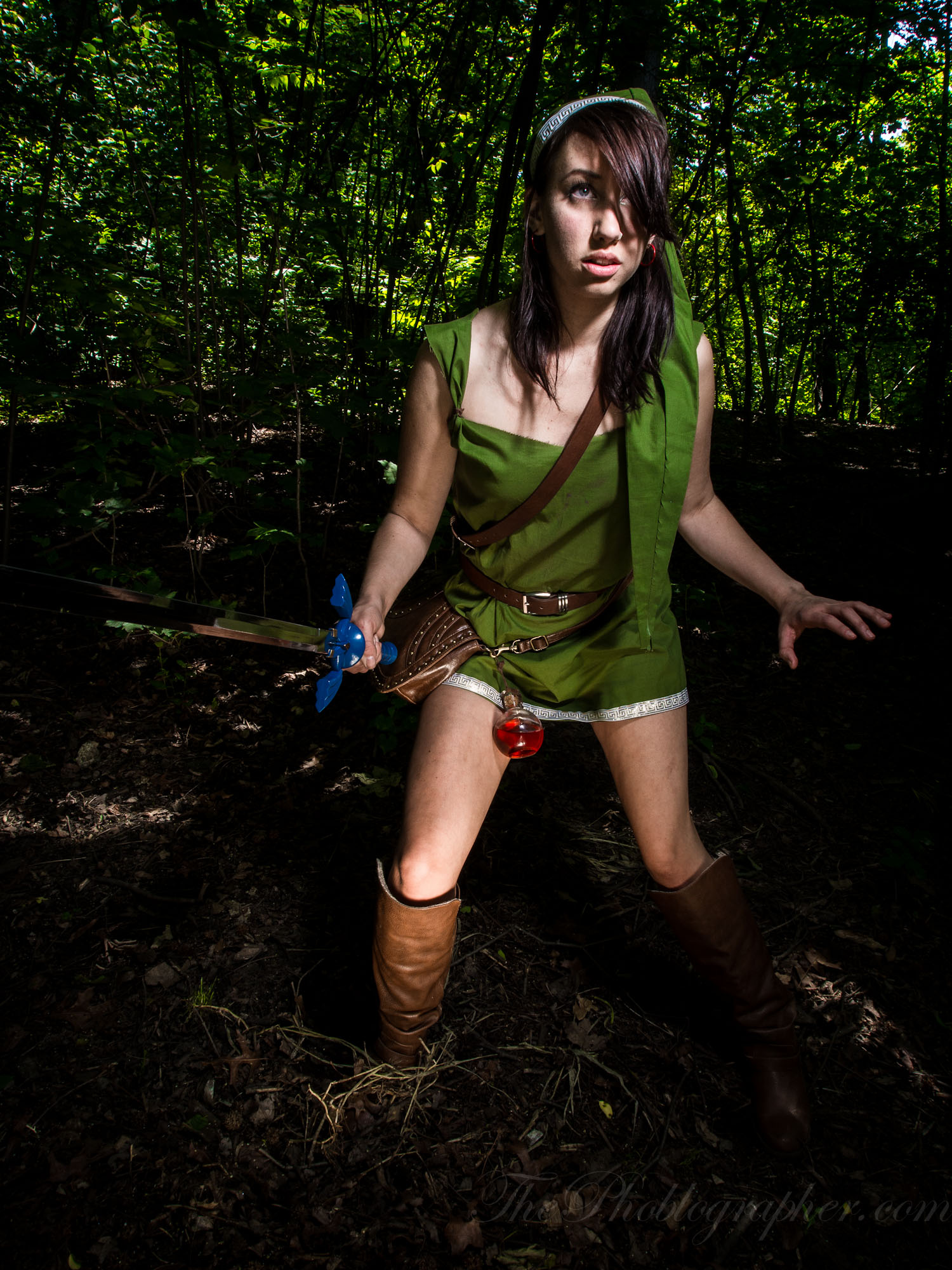If you’re a natural light portrait photographer, then I simply cannot express to you how much a reflector can help you create better portraits. They’re so incredibly versatile–being able to reflect light of certain colors into a scene or even diffuse light as you see it coming into the scene. So YouTube channel Weekly Imogen decided to put together a video to show you just how reflectors work; but not just any reflectors.
If you do not see the video below, please visit our desktop website or our standard mobile website.
https://www.youtube.com/watch?v=ml676Z9XkNI&feature=share
Golden and white reflectors obviously reflect certain types of light onto a subject. One makes a subject look more neutral while the other adds a bit of warmth. As they demonstrate in the video there are different looks that can be rendered accordingly. But there are even more ways to take advantage of what a reflector can do. For starters, if you lock your camera’s white balance to daylight, you’ll prevent any sort of odd color shifts that may happen due to the way that algorithms within the camera and white balance tend to work.
White tends to often also be softer and weaker when it comes to reflecting light of the same strength. Golden is more specular, and so it’s bound to be brighter. To that end, golden light (along with silver) can hurt a subject’s eyes. So be sure to give them appropriate amounts of time to recover.
As always with portraiture, to get the absolute most out of this you’re best off following the rule of three colors. That is:
- Your subject’s skin tone is one color
- The background is another color
- The wardrobe is another color
The comes the lighting. For this reason, a darker and more contrasty background is more more desirable due to the fact that when the eyes look at a scene, they’re going to see the golden, silver or white stand out more as opposed to them looking at a brightly lit background.
For even more, check out Weekly Imogen on YouTube.


